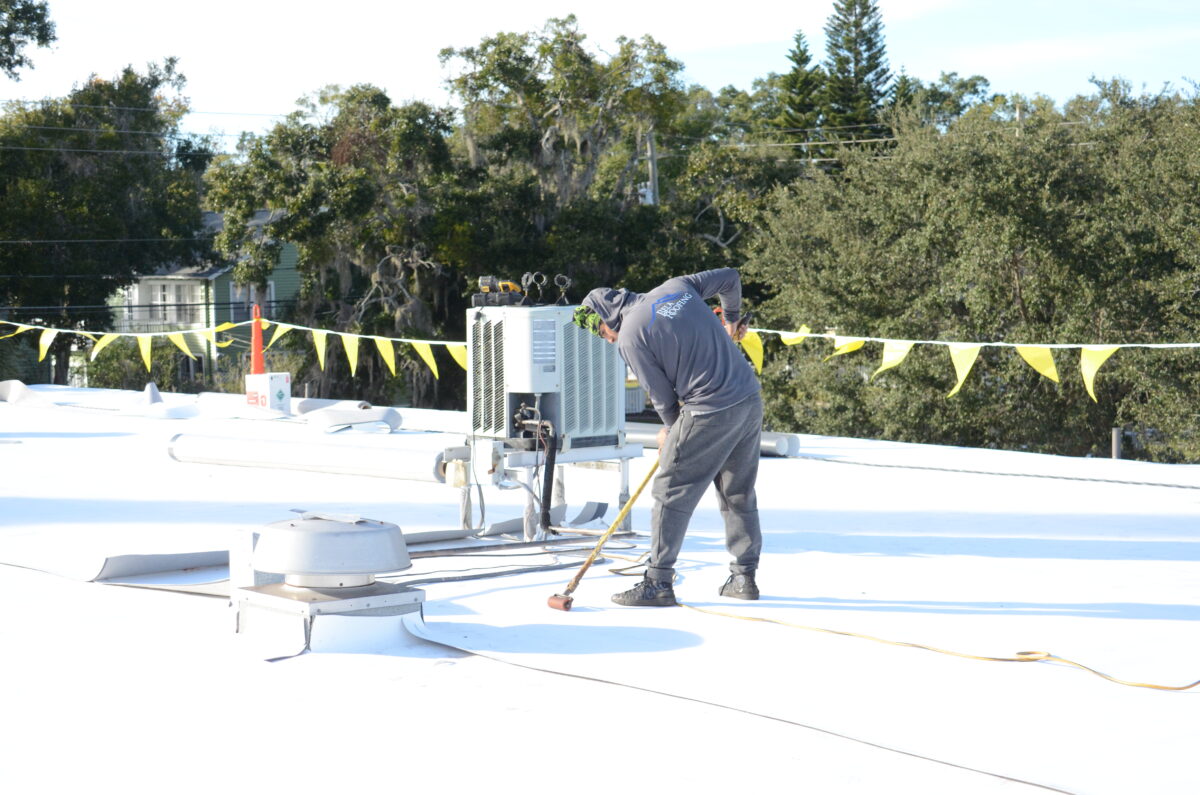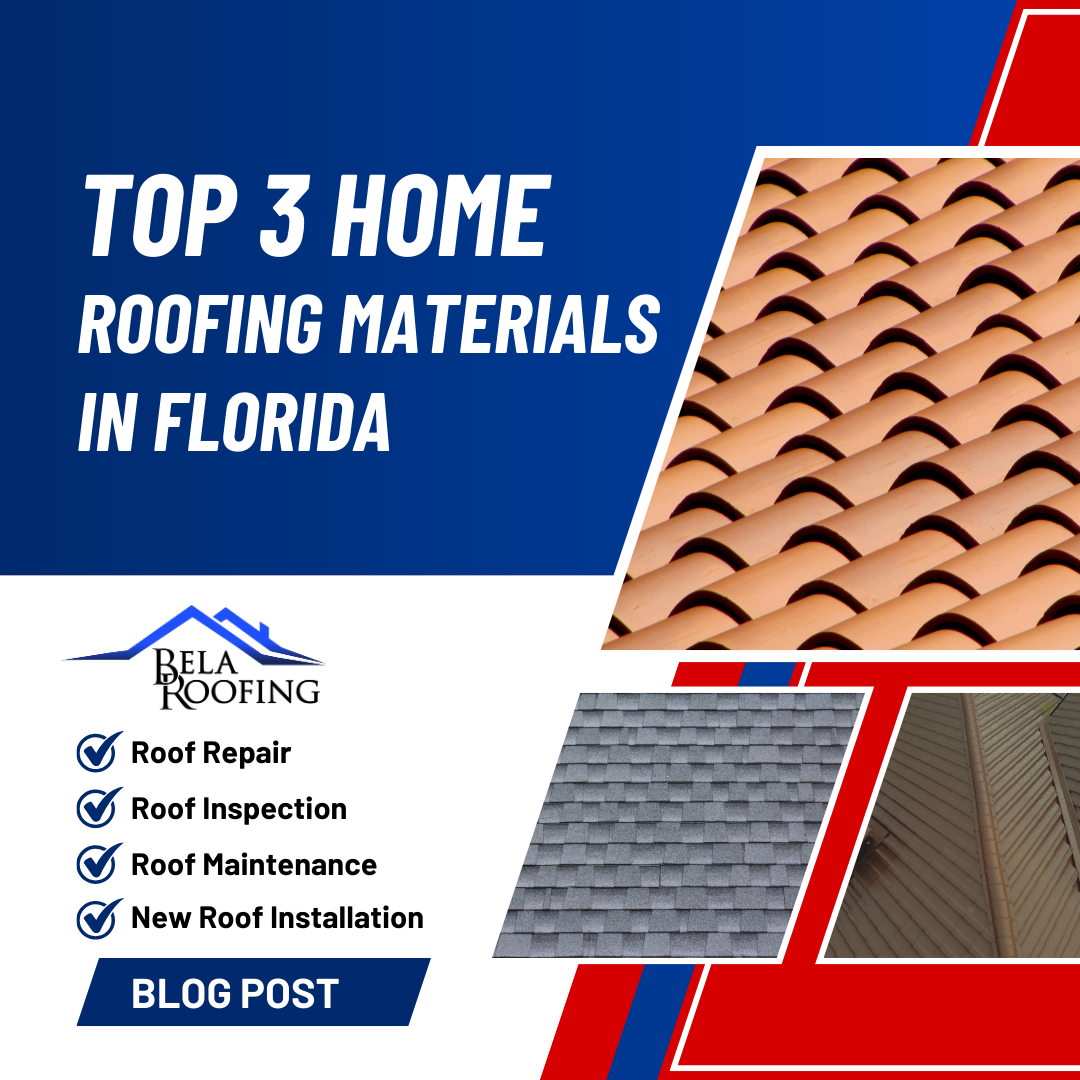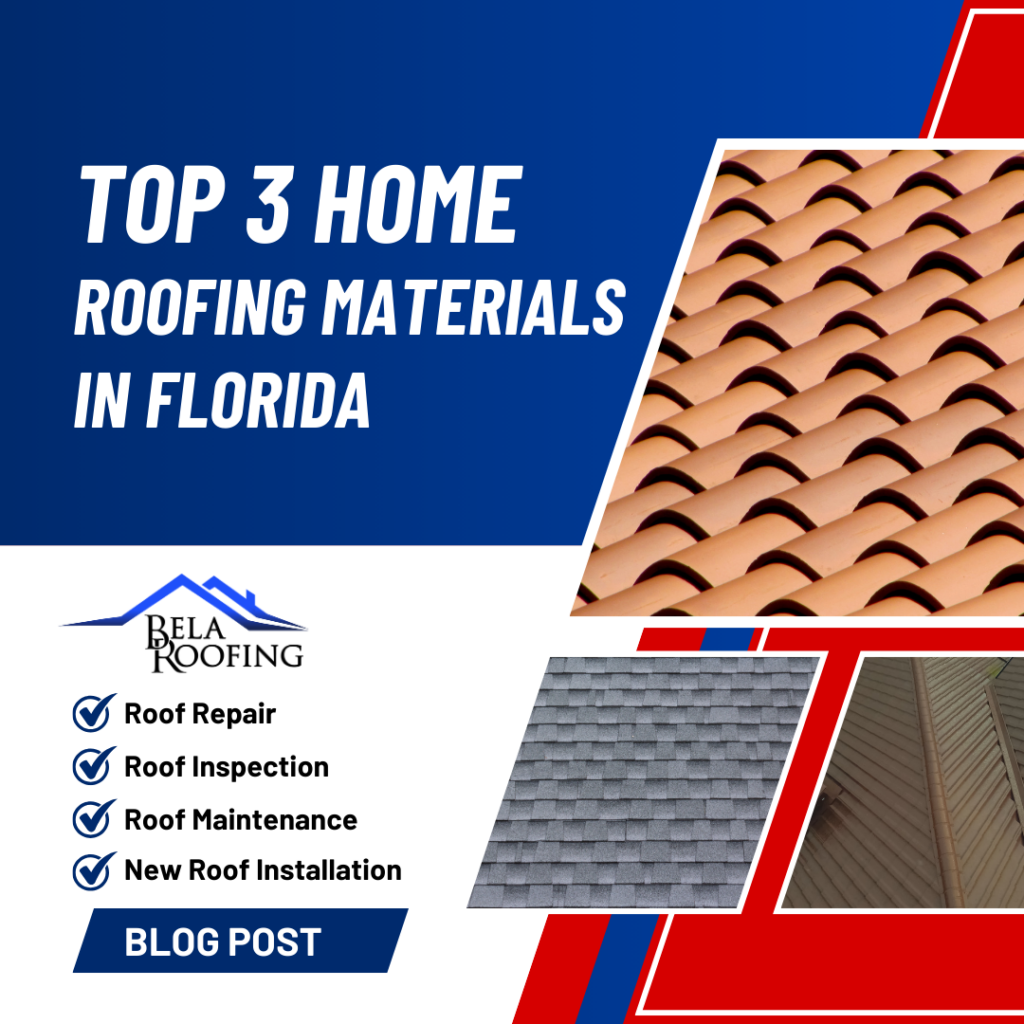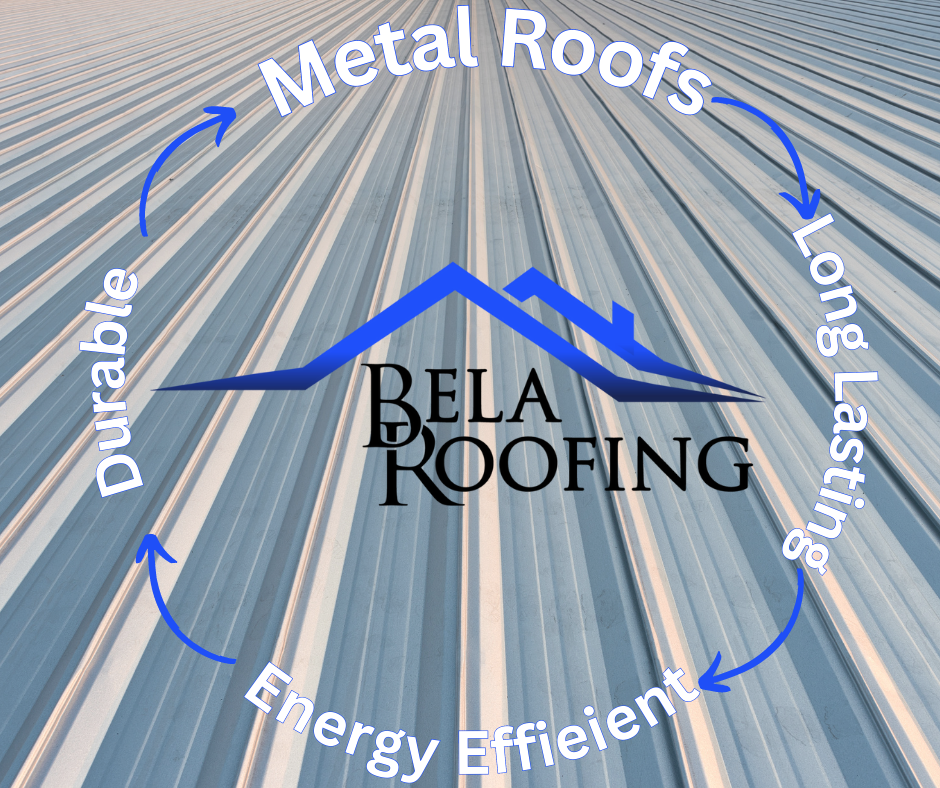Roof Replacement: DIY vs Professionals
Bela Roofing is the best option when it comes to deciding on a professional. In the February blog post, we learned some spring cleaning tips that can help the average Do It Yourself’er. While some home improvement projects are great for getting your roof summer ready, sometimes we can’t make the evaluation for ourselves. Roofing repairs and replacements often require professional expertise. Bela Roofing can help you to decide when to call. Here is some helpful guidance to get you in the right direction.
DIY can seem like a good idea at first. However, things such as mold and mildew are often a warning of hidden leaks and improper ventilation. A single shingle that is curled or cracked might not be a big deal, but often those are the beginning signs of underlying roof deterioration. Taking time to have your roof professionally evaluated can save you time and money. Bela Roofing is the team that knows what to be on the lookout for.
Another detail to consider is your safety. Question whether your personal knowledge of simple repairs outweighs the professionals’ expertise. A weak tie-off point or poorly anchored railing could cause an accident. Improper ladder placement, the use of power tools, inclement weather, and other similar factors could be a recipe for disaster. Our roofing team has the training to ensure a safe inspection and repair.
Beyond the risks of DIY, there are other factors to consider. One such element is the warranty on your roof. While small repairs could be cheaper at first, many roofing materials come with warranties that require professional installation or repairs. Attempting DIY repairs could void these warranties, leaving you responsible for the full cost of future repairs or replacements. With that could come legal issues. If your DIY repair causes damage to your home or neighboring properties, you could be held liable for the damages. Professional roofing contractors carry insurance to cover any accidents or damages that may occur during repairs.
One more thing to think about is the age of your roof. Time and the elements can deteriorate your roof. Experts often agree that after 20 years, an asphalt roof is no longer as stable, and warranties can expire. Other materials, like tile, could give you a longer roof lifespan. Weather, like wind and hail, can increase the amount of damage and age. You can rely on the experts at Bela Roofing to ensure the proper age evaluation.
The roof is one of the most critical components of your home. It protects your family, belongings, and the structural integrity of your house. A professional roof inspection can provide peace of mind and prevent minor issues from becoming major headaches. There is no need to look anywhere else. Have questions about your roof? Contact Bela Roofing today for a professional inspection and personalized advice!





